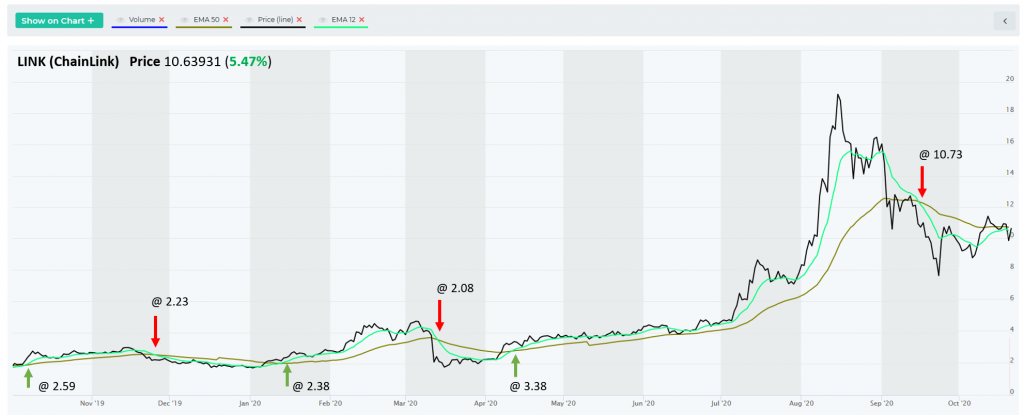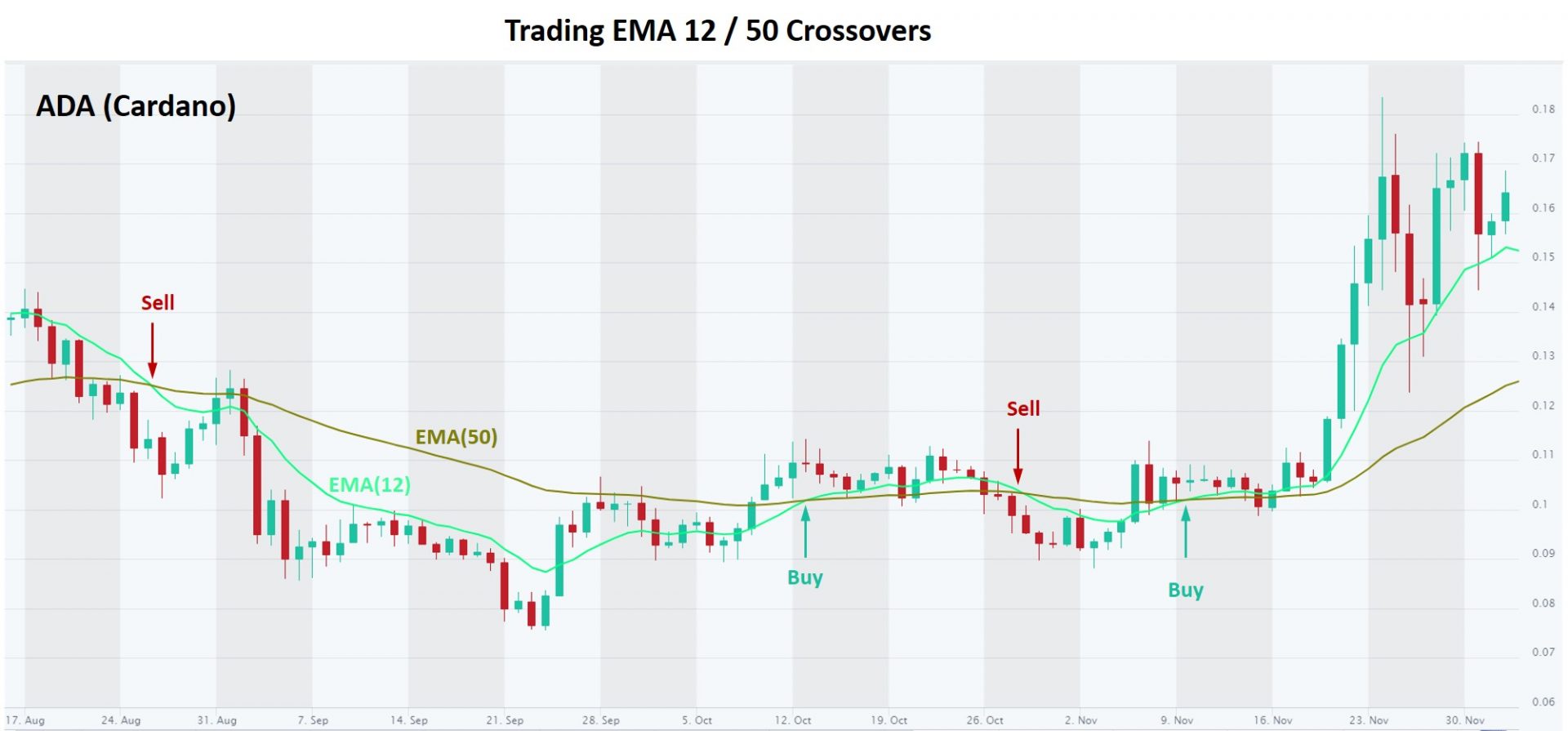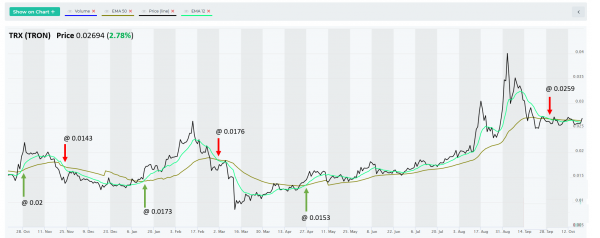
Many successful traders buy a stock at support levels and offer short stock at resistance. Support and resistance levels are vital clues regarding when to sell a stock or buy.

Resistance-this term explains the top of a stock’s trading range.It’s like a ceiling which a stock’s price does not seem to increase above. It’s like a flooring that a stock rate finds it difficult to permeate through. Support-this term explains the bottom of a stock’s trading variety. A rebound can result in a pivot point closer to 11,234. The DJIA needs to get there or else it could decrease to 11,000. The DJIA needs to remain its 20-day Moving Average Trader typical if it is going to be viable. Over the years I have actually been fascinated to discover the difference in between winners and losers in this business.

Along with trading my own money I have traded money for banks and I have been a broker for personal customers. I have been trading futures, options and equities for around 23 years. Avoid Forex Betting – Proper Cash Management Did you gain money in the current stock bull-run started given that March of 2009? An e-mailed post indicates you have at least hit the interest nerve of some member of your target market.
#100 AND 200 EMA CROSSOVER HOW TO#
How to Trade Moving Averages crossovers | 100 & 200 crosses, Find popular explained videos relevant with What Happens When 50 Sma Crosses 200 Sma. This does not happen daily, however this takes place quite frequently to discuss it. It just might conserve you a lot of cash. Four Concerns Your Trading Strategy Must AnswerĪnd yes, sometimes I do trade even without all this stuff described above. What Happens When 50 Sma Crosses 200 Sma, How to Trade Moving Averages crossovers | 100 & 200 crosses. #movingaveragestrategy#howtotrademovingaveragecrossovers#100daymovingaveragecrosses200day So, keep watching and don’t forget to Like, Comment and Subscribe. And I’m just going to give you a quick rundown of how good they are, technically.īest moving average crossover for swing trading

These Moving Averages are two of the most widely followed and most popular Moving Averages that are used in the financial markets. This video is going to be looking at using the 100 and 200 Moving Average in your trading. How to Trade Moving Averages | 100 & 200 crossesĭo you want to know how to trade moving average crossovers? Watch our latest video on Moving Average Strategy to find out what happens when 100 day moving average crosses the 200 day moving average.
#100 AND 200 EMA CROSSOVER FULL#
In a follow up post I’ll look at the 5-10-20 strategy applied to the Nasdaq 100 (which traders would be much more likely to trade than the full composite) as well as the S&P 500.New high defination online streaming top searched Technical Analysis Question, Currency Trading, Forex Investors, Buy and Sell the Cycles, and What Happens When 50 Sma Crosses 200 Sma, How to Trade Moving Averages crossovers | 100 & 200 crosses. To illustrate, the next graph shows historical drawdowns over the same period for the strategy (red) vs the index (blue).įinally, the last graph below shows that the 5-10-20 strategy (red) has been much more effective than the classic 50/200-day EMA crossover approach (blue) on this particular index. It hasn’t been a magic bullet, underperforming the market in 16 of those years, but it has sidestepped every major bear turn, including our most recent. Over the last 37 years, this strategy significantly increased returns and reduced drawdowns and downside volatility with relatively low turnover (4.4 round-trips per year). This test is frictionless and assumes a return on cash equal to half the nearest 3-month treasury yield. The graph above shows the Nasdaq (blue) versus the 5-10-20 strategy (red) from 1972. Close the position at today’s close when both the 5 and 10-day EMA cross below the 20-day EMA.Go long at today’s close if both the 5 and 10-day exponential moving average (EMA) cross above the 20-day EMA.I’ll put this granddaddy to the test against a classic trend-follower, 50/200-day moving average crossovers, here.ĭk applied the strategy to the Nasdaq Composite and I’ll do the same here:

This is a test of a trend-following system from the (now defunct?) blog Dk Report: the 5-10-20 strategy, hailed by Dk as “perhaps the granddaddy of all market timing systems.” That’s a tall order.


 0 kommentar(er)
0 kommentar(er)
